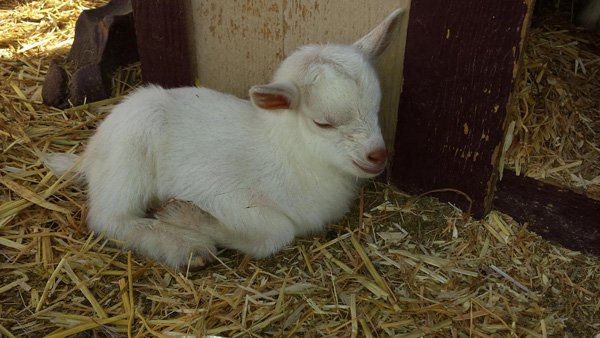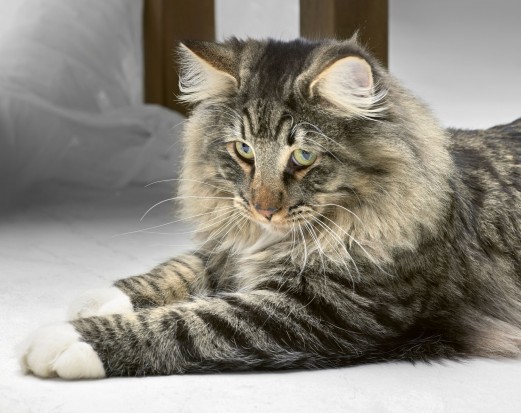
Black-Footed Cat, Felis Nigripes, is one of the tiniest wild cat species in the world. Despite its small size, the cat is quite powerful and resilient, well known in local folklore for its bravery.F...
Black-Footed Cat, Felis Nigripes, is one of the tiniest wild cat species in the world. Despite its small size, the cat is quite powerful and resilient, well known in local folklore for its bravery.
Fur is tawny to reddish in color and marked by dark spots that form stripes on limbs. The undersides of the feet are black, thus the name, and so is the tip of tail. Head is broad and ears rounded, the former often appearing large in contrast to the small body size. In aggressive and hunting profile, the ears are often flattened as the cat goes after its prey with practically no cover over the vast plains of its natural habitat.
Usually insects, small animals including rodents and birds are taken by this solitary and nocturnal feline. Opportunistic predators, they often attack birds and their young in the nest, consuming eggs. Larger prey species including adult Cape Hares and even the young of sheep are preyed upon by this courageous feline as it takes down bigger animals by hanging to their neck and biting through the victim's jugular vein. Successful hunters, Black-footed cats usually employ the stalk and ambush method and often consume large feeds during a hunting session, up to one fifth of their own body weight. Like some big cats, they have a habit of caching and returning to their prey later on. The lack of water in their habitat means that the cats quench their thirst through the moisture obtained from their kills. At times grass is also eaten, possibly to regulate the digestive system.
Expert at climbing and digging, the Black-footed cats usually spend their day time residing in burrows and termite mounds, giving rise to their name 'the Ant-hill Tiger'. At night the felines move over large distances, eliciting loud meows to communicate with each other - the sounds often compared to a tiger's roar. As part of adaptation for survival on the unforgiving African plains the Black-footed Cat, also known as the 'little spotted cat', has a limited estrus cycle and gestation period - the female only receptive for a few hours over a day and a half period, and giving birth to a small litter of one to two kittens after a pregnancy lasting just over two months, meaning that the tiny cat is vulnerable for a very short period of time from predators like jackals and big night owls. Young grow quickly but gain independence at a longish age of nearly two years. Lifespan of over ten years is recorded in captivity.
Like its northern cousin the Sand Cat, the Black-footed Cat resides in dry areas and plains, only in the southern African nations of Botswana, Namibia and South Africa, even though sightings have been reported in Mozambique and Zimbabwe. Two subspecies are described over its geographical range:
Felis Nigripes Nigripes - northern South Africa and Namibia
Felis Nigripes Thomasi - southern South Africa and Botswana
Experts argue over the conservation status of the Black-footed Cat. It's exact numbers in the wild are not certain.
Article Tags: South Africa
 The Ideal Chicken Houses for Your Hens at Cost Effective Prices
The Ideal Chicken Houses for Your Hens at Cost Effective P
The Ideal Chicken Houses for Your Hens at Cost Effective Prices
The Ideal Chicken Houses for Your Hens at Cost Effective P
 Introduction To Cross Country Horse Riding
Introduction To C
Introduction To Cross Country Horse Riding
Introduction To C
 A Combo of Chicken Runs and Coops – The Best for Your Bird Friends
A Combo of Chicken Runs and Coops – The Best for Your Bird
A Combo of Chicken Runs and Coops – The Best for Your Bird Friends
A Combo of Chicken Runs and Coops – The Best for Your Bird
 Is The Papillon A Good Choice Of Dog?
Is The Papillon A
Is The Papillon A Good Choice Of Dog?
Is The Papillon A
 More About The Norwegian Forest Cat
More About The No
More About The Norwegian Forest Cat
More About The No
Copyright © 2005-2016 Pet Information All Rights Reserved
Contact us: www162date@outlook.com